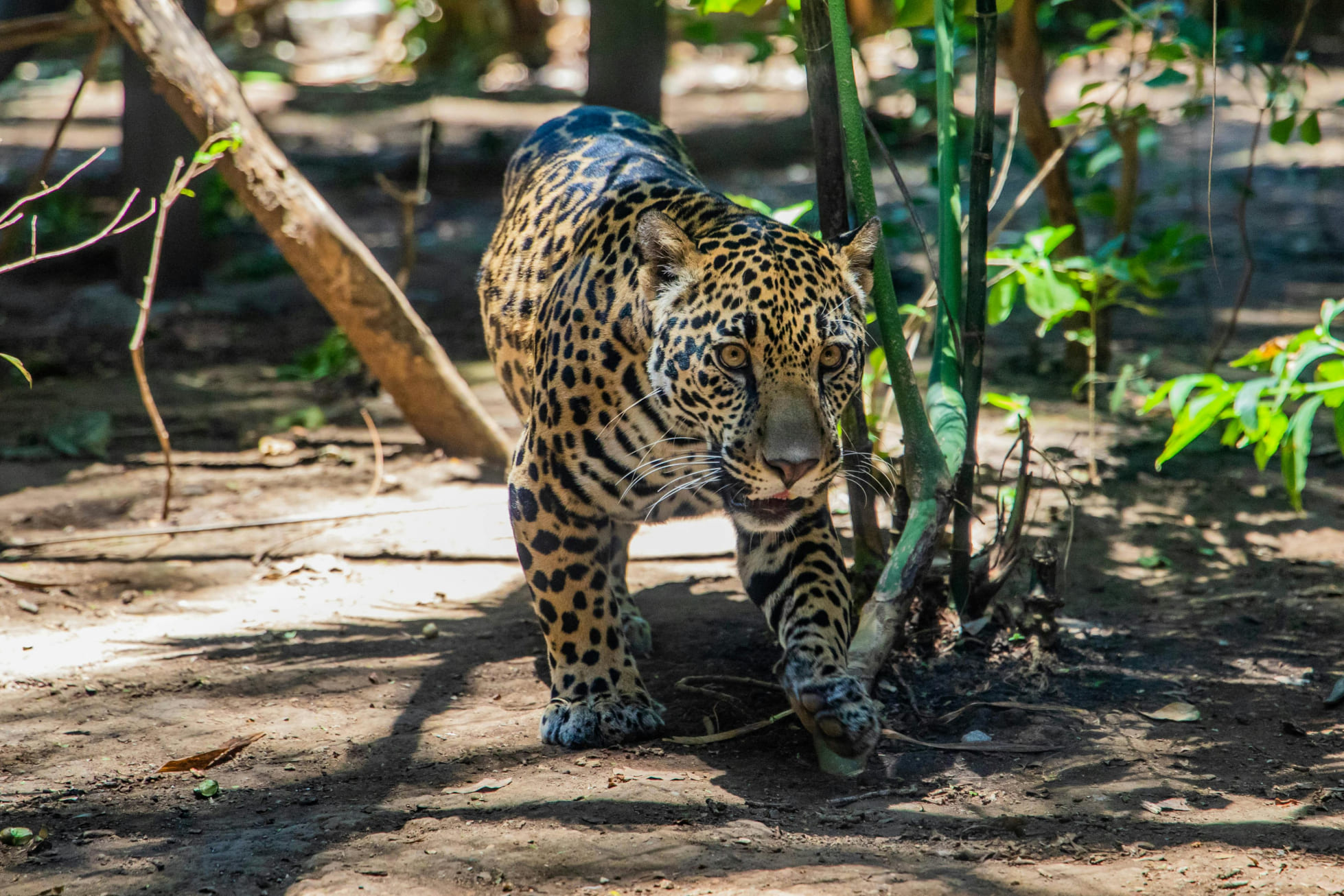Parrots are vibrant and intelligent birds known for their striking colors, playful behavior, and remarkable ability to mimic sounds. Found in tropical and subtropical regions around the world, these social creatures belong to the family Psittacidae, which includes over 393 species.
Parrots are characterized by their strong, curved beaks, which are adapted for cracking seeds and nuts. Their colorful feathers provide camouflage in their natural habitats and play a role in social signaling among individuals. Many parrot species exhibit sexual dimorphism, where males and females display different colors.
Parrots are highly social birds that live in flocks, forming strong bonds with their mates and flock members. They communicate through vocalizations, body language, and visual displays, showcasing their intelligence and social complexity. Some species, like the African grey parrot, are particularly known for their ability to mimic human speech and sounds.
Many parrot species face threats due to habitat destruction, illegal trapping for the pet trade, and climate change. Conservation initiatives aim to protect their habitats, regulate trade, and raise awareness about the importance of preserving these intelligent birds.
Parrots play a crucial role in their ecosystems as seed dispersers, helping to maintain plant diversity and forest health. Protecting parrots contributes to the overall balance of tropical and subtropical ecosystems.

